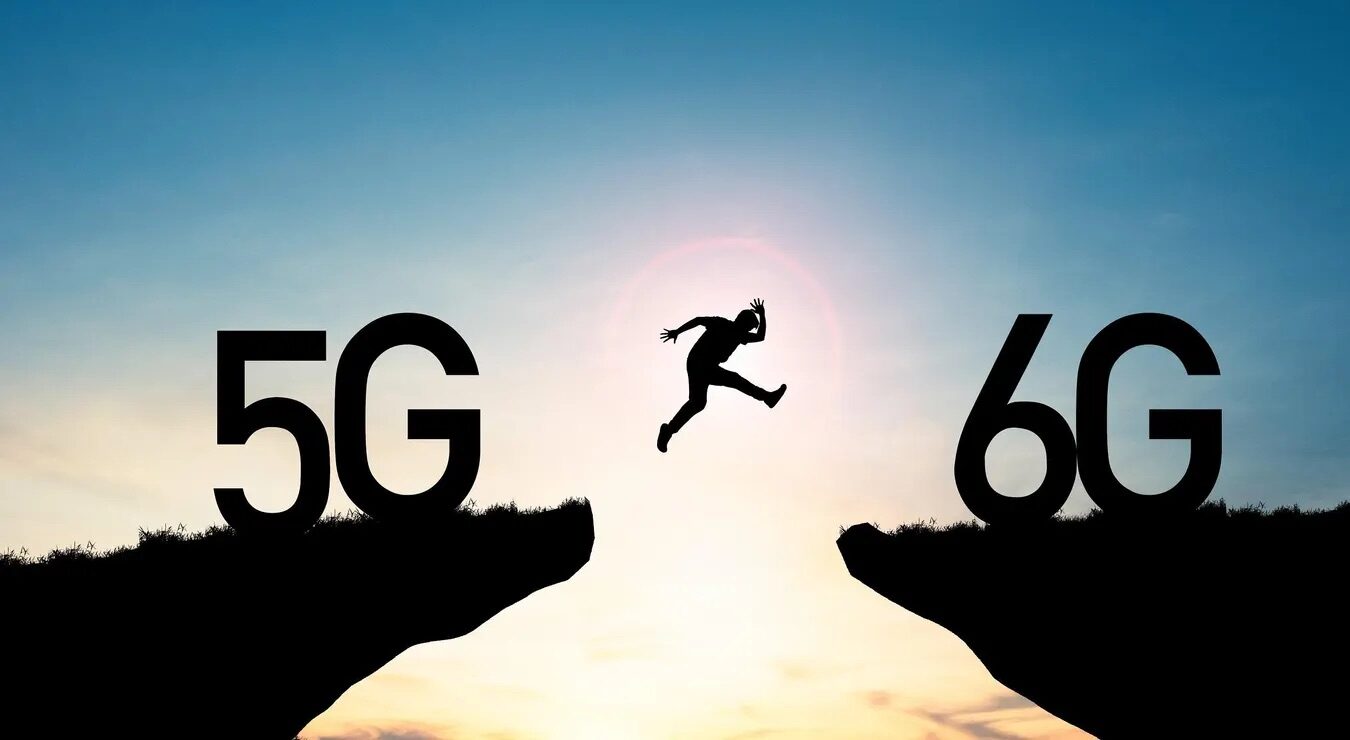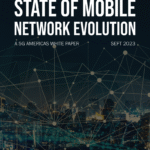
While 5G continues to expand across the U.S., the tech world is already preparing for the next leap: 6G. Still in early research stages, 6G could dramatically change how Americans connect, communicate, and use technology.
What is 6G?
6G is the upcoming sixth generation of wireless technology. It aims to greatly improve on 5G’s speed, latency, and capacity. Experts expect 6G to be up to 100 times faster than 5G, with terabit-per-second speeds and near-zero delay. It’s designed to support billions of connected devices at once.
U.S. Timeline for 6G
The development of 6G in the U.S. is moving through these phases:
- Current (Research): Universities, tech companies, and groups like the Next G Alliance are exploring technologies and use cases.
- Late 2020s: Development of technical standards
- Early 2030s: Testing begins
- 2030–2035: Commercial rollout expected
The U.S. is actively working to be a global leader in 6G innovation.
Key Applications for America
6G’s potential applications could transform industries and everyday life:
- Holographic Communication: Real-time 3D video calls could change how we work, learn, and receive healthcare.
- Extended Reality (XR): Augmented and virtual reality will become more realistic and widespread in entertainment, shopping, and education.
- Autonomous Systems: Self-driving cars and delivery drones will benefit from ultra-fast, low-latency connections.
- AI-Driven Networks: 6G will likely integrate artificial intelligence to manage and optimize itself in real time.
Challenges to Overcome
To achieve widespread 6G in the U.S., several issues must be addressed:
- Infrastructure: 6G’s high frequencies will need massive investments in new antennas and equipment across the country.
- Digital Divide: Leaders must ensure rural and underserved communities don’t get left behind in the 6G rollout like 5G has so far
- Spectrum Policy: The FCC will need to free up new frequencies while balancing current needs.
- Cybersecurity: As networks become more critical, protecting them from threats will be essential.
Conclusion
6G is still years away, but the work being done now will shape how it impacts American life. With smart investment, innovation, and inclusive policies, the U.S. could lead the global 6G race—bringing faster, smarter, and more immersive tech experiences to all Americans.




